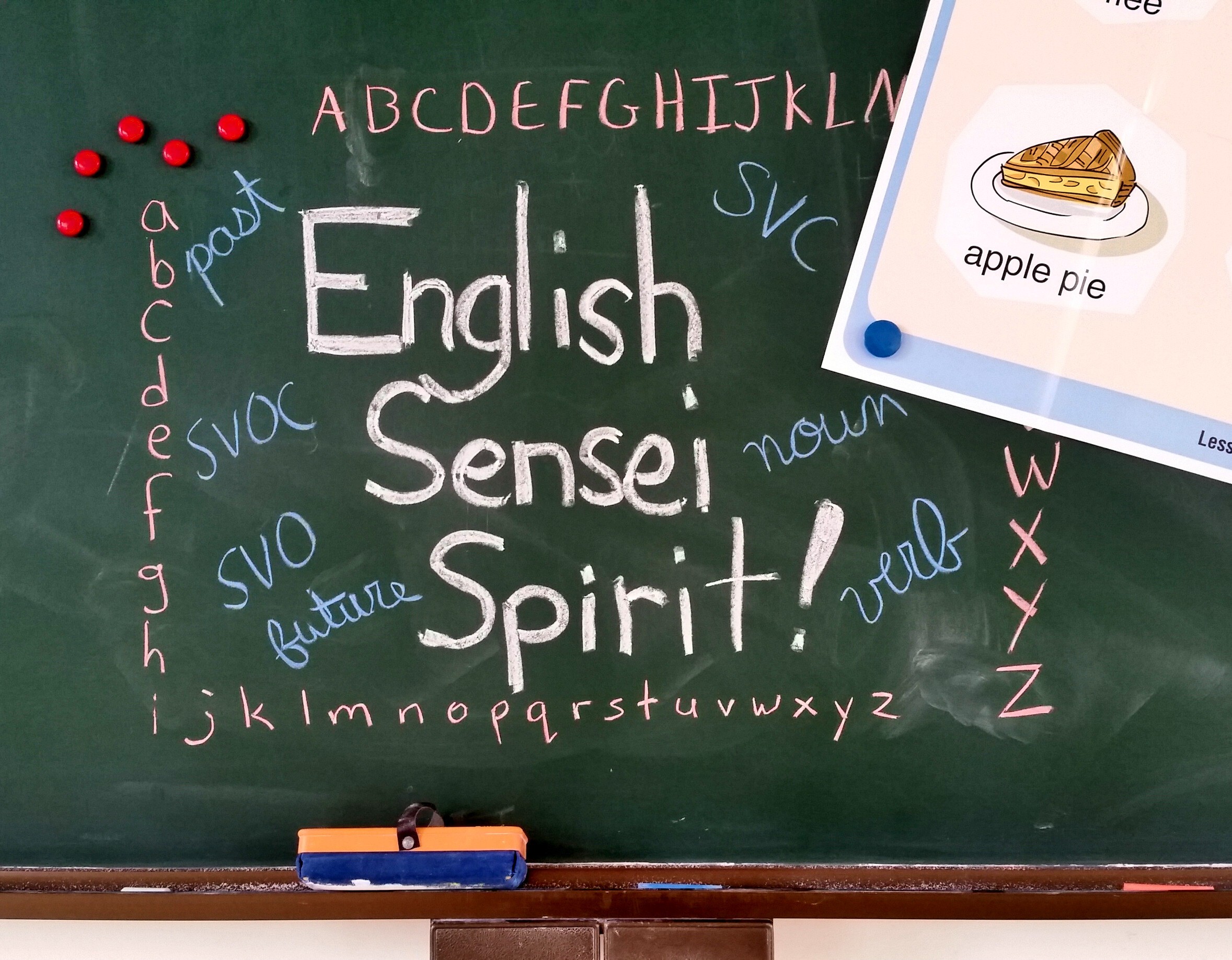“How do you say _________?â€: Using Your Words
My first day of German II, my teacher announced that each time we asked, “How do you say ___?†we would lose one percent of our final grade. Gulp and heavy sighs. As a panic-stricken wave washed over us she pointed to a giant poster at the front of the room. It read “Circumlocution.†I knew this word, but it had no concrete meaning until I started learning a second language.
As a primer: circumlocution is when we use very roundabout language as a substitute for a single word or concept. In other words, shirk all manner of brevity and go for the wordiest definition imaginable. As students, we are taught to be succinct and avoid verbosity, but that’s not always practical or possible. For foreign language learners, sometimes words are absent – unlearned – and communication will stall if some substitute is not used to create meaning. For ALTs with limited Japanese, we often right these situations with hand gestures peppered with some Japanese. More often than not, some message gets across. For many of us, circumlocution is an unconscious part of our everyday lives. It’s what keeps us from starving. It’s a skill my teacher urged us to internalize.
For Japanese students, I find this to be a very unfamiliar concept. This year, I did a vocabulary activity where students had to write a definition of a term they recently learned without a dictionary – that is, using words they already knew. Gulp and heavy sighs; crickets and silence. Learners at all levels struggle with this, regardless of the mother tongue, but I find Japanese students especially resistant to taking chances in the face of ambiguity. If your lesson is underpinned by a speaking component, it could unravel hastily and there’s very little room for recovery, lest you simply dole out dictionaries like Halloween candy. Teaching your students to circumlocute (author’s note: not actually a word but I’m employing linguistic freedom to make a point) will be an invaluable skill. After all, nigh a soul in New York or Sydney will patiently wait as they thumb through a dictionary looking for the quay (key?).
Let’s do an example. I’m going to give you a description, improperly constructed, and hopefully it will prime you for the correct term:
Thing that is flat, long, use it for flip food
Â
           STOP here! Think for 5 seconds… come back when you think you know the answer.
If you said spatula, you are correct. Odds are your students do not know what spatula is, but they likely do know flat, long, food, flip, thing, use. These are “friendly†words that are more comfortable for them. By stringing these friendly words together, we’ve established a comprehensible meaning. Creating a lesson focused on building circumlocutory skills is not only highly practical, but can be fun too! If your students like charades in ESS, they can easily master this!
This can work for all levels of students, but probably is better for students with an ability to form sentences without too much difficult. For lower levels, you can scaffold as much as you need by teaching them this construction: “A thing that is [adjective/s] and is used [for / to / by] __.†Higher-level students can hopefully form original sentences. To spice it up, create a short skit or dialogue where the characters ask for things using only circumlocution. The results could be quite funny! If you need inspiration, The $25,000 Pyramid (clips available on YouTube) will give you an idea of how this can play out. If worst comes to worst, you can allow students simply to call out related or descriptive words, without actually forming full sentences. You can start with objects, but eventually move to people and more abstract ideas.
This doesn’t have to be a regular, full 50 minute lesson, either. While a full introductory lesson is a good idea, you can build and test skills as you progress in short bits. One option I like is the “exit ticket.†At the end of class, before students can leave, they have 2-3 minutes to “use their words†to describe something. Have them write it on a small slip of paper; collect it at the door. No ticket? No departure! This way, you can gauge their progress without sacrificing too much precious contact time and still give them writing practice! Short and minimally invasive comprehension checks are the language teacher’s friend!
Granted, this is a skill that should naturally develop over time, and you’d be hard pressed to find language learners who never utilize circumlocution to some degree. However, explicitly teaching it as a communication strategy can give your students an edge in their language learning. Plus, it’s also a great cognitive exercise. If we are to prepare our students for a 21st century knowledge economy, problem solving in another language is a great step! Above all, try to impress upon your students that they should never simply cease communication because they do not know a particular word or are uncertain of its correctness. Language is not just about the words, phrases, and particles and putting them in the right order. It needs a tongue and a voice to function. How we use the language is just as important as what is said. Teaching your students that they can communicate without a dictionary or a specific word is a skill they can take with them well into the future.
This is by no means exhaustive. Interest piqued and you’d like to know more? It’s a thing in a box and there is flat thing with picture and you can look and find things about other things in there. (Check out the interwebs!)
Louis Bertenshaw




